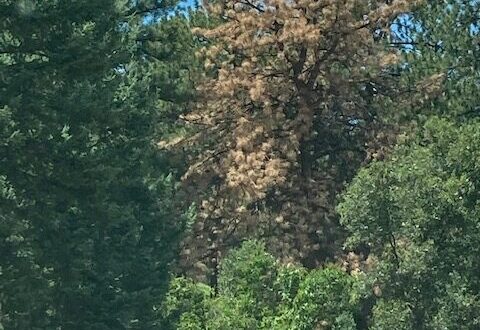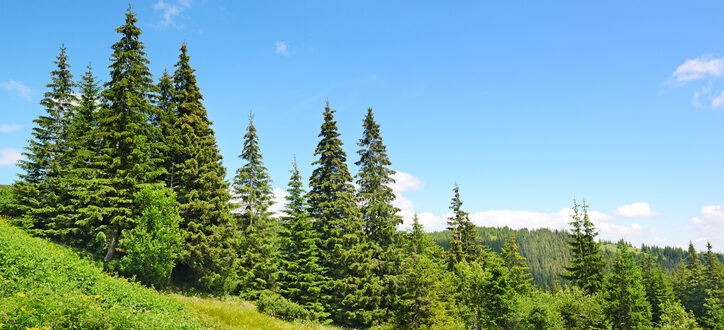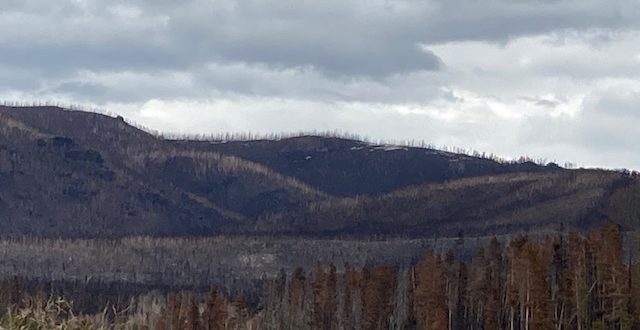For estimate on fire mitigating beetle killed trees, you can reach us at (719)400-9104.3 While wildfires are a risk, they become more of a risk due to pests and disease. Beetle killed trees are a growing concern around Colorado, with bark beetles being the most common pest problem. Bark beetles have been responsible for the death of multiple forest areas. This spread is exponential if not controlled because the beetles don’t care about the trees—they just want a home and food. Drought-stressed trees are most at risk as they don’t have as much pitch, the main defense against beetles. Knowing a Tree Is Affected by Beetles You want to protect a tree as soon as possible. If you’re seeing the
(719) 400-9104
office@coloradomastication.com
Forest management of dead trees killed by spruce beetles. Call or text (719)400-9104. There are a few common pests around the Colorado area. The deadliest forest pest of all is still the spruce beetle. It’s important to detect and monitor any insect and disease activity around the forests. The sooner the problem is detected, the easier it is going to be managed. A few beetles cause problems year after year, but it’s the spruce beetle that is the most dangerous for forest life. How Much Area Is Affected by the Spruce Beetle? The spruce beetle, Latin name Dendroctonus rufipennis, affected around 53,000 acres of land in 2021 alone. This is much more than other types of beetles in the area.
Contact us at (719)400-9104 to schedule and estimate on removing beetle-killed forests. The mountain pine beetle is in the media a lot. This insect has managed to kill a lot of forests. A total of 3.3 million acres of land in Colorado alone has been affected by mountain pine beetles, with spruce beetles killing another million acres. It was lodgepole pines affected first, but now the beetles have moved onto ponderosa pines. The Hardiness of the Beetles A mountain pine beetle is one of the hardiest of all insects. The larvae can withstand the extreme cold thanks to the glycol (the chemical compound that creates antifreeze!) within the outer layers. It would take bark temperatures of -30F to kill the


